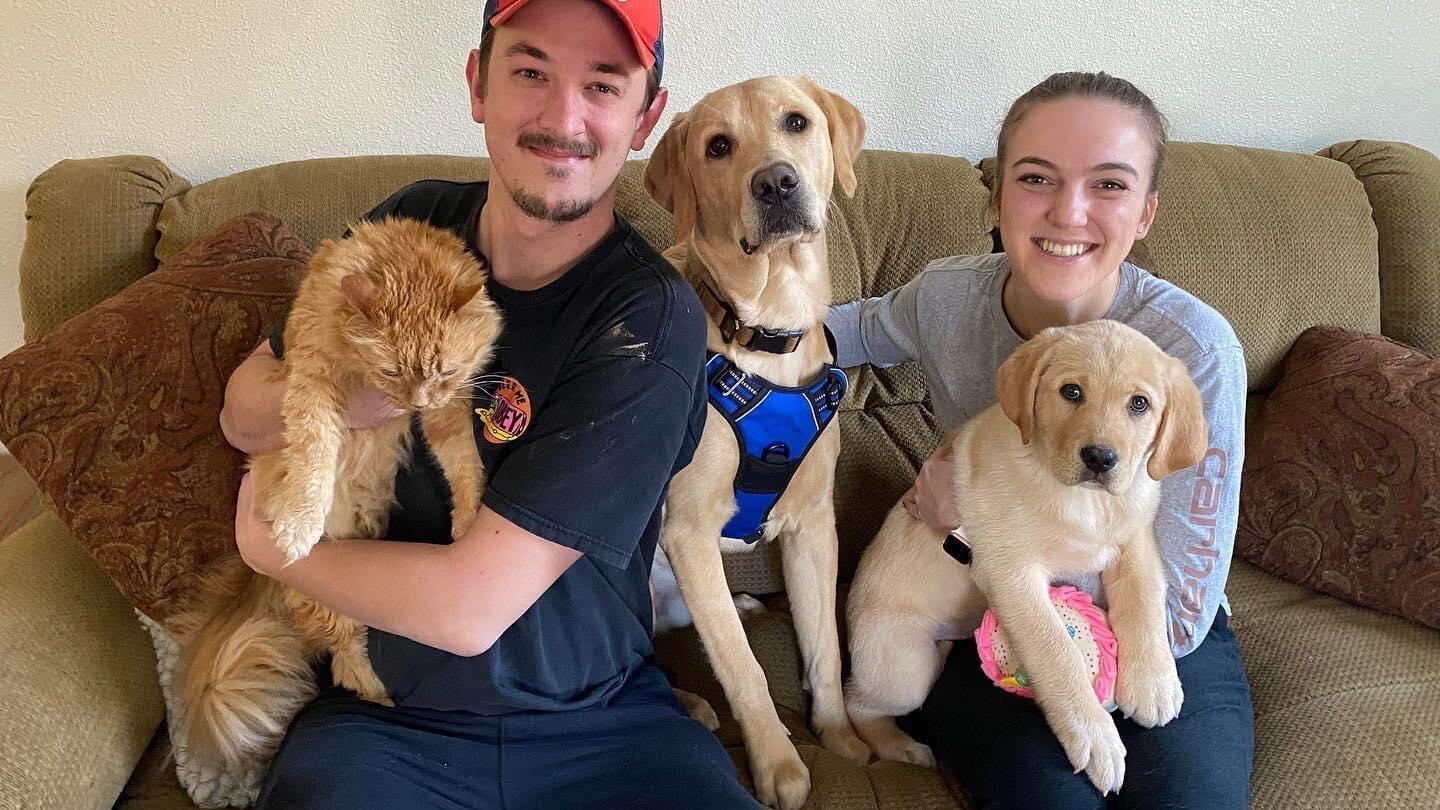Well before Brook Benson ever thought of starting a service like Puplandia (the animal rescue organization recently celebrated after placing a young charge on Animal Planet’s top-rated Puppy Bowl XIX), she was a teacher.
Trailing a master’s in education and three years’ experience at a Portland-area academy, Benson met a woman at a dog park one Christmas break and agreed to play co-pilot on a rescue mission to a California kill shelter. After pulling 13 animals from euthanasia, she took out a business license, arranged a fundraising partnership with fellow nonprofit BottleDrop, and effectively devoted her life to ensuring dogs around the state keep theirs.
While the 50 or so canines she’ll place this year might pale in comparison to the estimated 1,200 that Oregon Dog Rescue saves annually, Puplandia focuses on pairing animals with “forever homes” and helping foster families retain access to all the resources and training needed to overcome any obstacles along the way.
Benson spoke with WW about the challenges of matchmaking dogs with owners and the relative ease of landing one on Animal Planet.
WW: You placed a Puppy Bowl participant?
Brook Benson: Well, the dogs that go and play football are already adopted, but the Puppy Bowl also shows adoptables. Jason, a Lab Great Pyrenees that we had in rescue, was featured as an adoptable puppy.
How’d you first get involved with Animal Planet?
They called us! I think they just saw our name. We have a pretty cool name.
Were there others in the running?
Yeah, so, Jason had eight siblings. They were called the Day litter: Jason, Jerry, Jacob, Janet, June, Jane, um, Jade? There were nine, and I just picked Jason.
Why? Cuter? More charismatic?
I mean, they were only 4 weeks old. You wouldn’t be able to tell them apart.
Greatness thrust upon him, then.
The family who adopted Jason didn’t realize he was a Puppy Bowl star, but that turned out nice. When people saw him on Animal Planet and asked [if he was available], I told them we had eight more that looked exactly the same.
Did you read the bios? Did you pick the best fit?
It was crazy, a madhouse. I stopped counting after 150 emails.
Do you cherry-pick the most adoptable dogs for your program?
It’s always about what’s best for the foster families. Each animal will be placed in a private home, so we have to take the family into consideration, and we’re pretty particular about finding the best fit for the dogs that we adopt out. So, people can apply, but they just might not have what the dog needs.
I have two little kids and other dogs so any dog coming into my home can’t be kid or dog aggressive. Another foster family with three teenagers and two little dogs could take a dog that was cat aggressive. If it’s a really high-energy dog, we have to find a family who can handle running and exercise. Great Danes are really hard and really expensive, so we make sure that they have experience with grooming. It’s never first come, first served…
I get calls every day from local and out-of-state shelters as well as local families, but there aren’t enough spots. For a slew of reasons, we turn away roughly 10 dogs a day. Saying yes just depends upon which foster families are available, so part of my job is talking to the families, figuring out what’s going on, what went wrong, and how I can help.
I tell them about local trainers. I tell them about other shelters that might be a better fit. I have them contact groomers or FIDO Food Bank or the Pongo Fund. I’ll get them into a low-cost spay/neuter clinic. Taking in dogs and finding them forever homes is actually a very small part of my job. We’re always finding a ton of different ways to support families so that they can keep their animals. We keep every dog for a minimum of two weeks.
Why so long?
Most dogs aren’t fixed when they come to us. They have fleas, diarrhea, no vaccines, no microchips, and need kennel training, potty training, leash training. To bring them to the vet so they’re up to date on shots, get a little training under their belt, square away the belly with quality food, offer some love and consistency, that takes two weeks. Sometimes it’s a little longer, but two weeks seems to be roughly the time it takes for us to get them ready to be placed. We rehab each dog specifically and then go on to the next. One dog at a time.
SEE IT: Puppy Bowl XIX streams on Discovery+.

